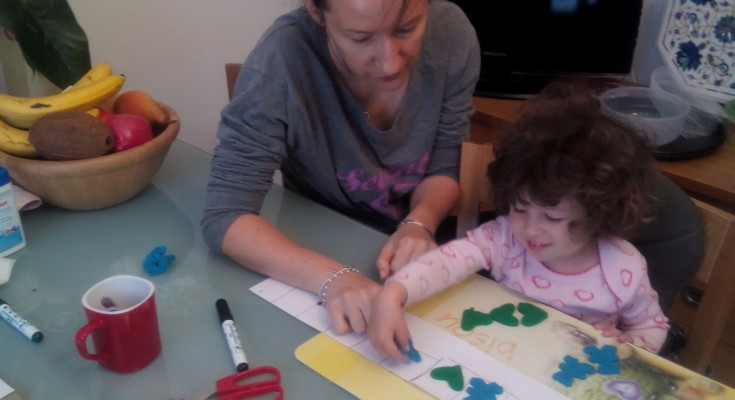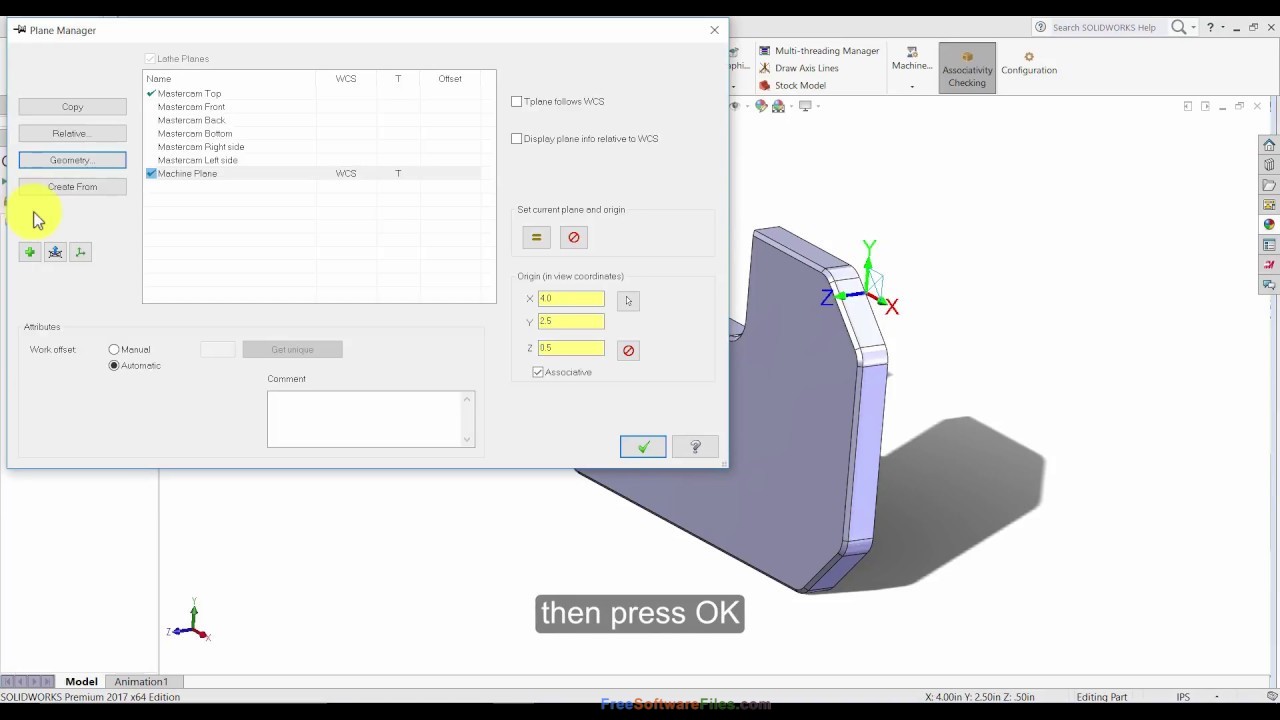Papki Peredvizhki Logopeda

Find great deals on eBay for pavlovo posad shawl. Shop with confidence.
Contents • • • • • • • • • • • • • • • • • • • • • • Etymology [ ] The voivodeship takes its name from the called Podlasie. There are two opinions regarding the origin of the region's name. People often derive it from the les or las, meaning 'forest', i.e., it is an area 'by the wood(s)' or an 'area of forests', which would bring Podlasie close in meaning to adjacent. This theory has been questioned, as it does not properly take into consideration the vowel shifts 'a' > 'e' > 'i' in various Slavic languages (in fact, it mixes vowels form different languages).
[ ] Heavily wooded Podlasie is home to the primal and National Park, habitat of the European bison. A second view holds that the term comes from the expression pod Lachem, i.e., 'under the Poles' (see: ). Some claim it to mean 'under Polish rule', which does not seem historically sound, as the area belonged to the until 1569, and the southern part of it—until 1795. A better variant of the latter theory holds that the name originates from the period when the territory was within the of the, along the border with Province, primarily a fief of the, and later part of the. Hence pod Lachem would mean 'near the Poles', 'along the border with Poland'.
The historical Lithuanian name of the region, Palenkė, has exactly this meaning. Main article: Podlaskie is the land of the confluence of cultures – Polish, Belarusian, Ukrainian and Lithuanian – and is indicative of the ethnic territories limits. Eastward of Podlaskie lie historic Polish lands, which are now part of. Today, mainly and ( and ) are spoken in Podlaskie, while is preserved by the small but compact concentrated in the Sejny County. At the end of 2009 in Podlaskie Voivodeship there were 1,189,700 inhabitants, 3.1 per cent of the total population of Poland. The average density of the population, the number of the population per 1 km2, was 59. The urban population in the same period was 60.2 per cent of the total number of inhabitants of the voivodeship, where the percentage of females in the total population amounted to 51.3 per cent.
A statistical inhabitant of Podlasie was 37.7 years old, whereas in 2008 – 37.5 years old.  The latest population projection predict consistent decrease in the population in Podlaskie Voivodeship. In the next 26 years it will decrease by 117 thousand persons due to the aging of the population. Transportation [ ]. Main article: Culture [ ] Podlaskie is the most diverse of all Polish voivodships. The area has been inhabited for centuries by members of different nations and religions:,,,,,,,. Many places of religious worship remain: • An 18th-century former Carmelite monastery on Wigry Lake • A former complex in • Christ's Transfiguration Orthodox church on the Holy Mount of Grabarka • Saint Nicolaus the Miracle Worker Orthodox church in • A 17th-century synagogue in • The oldest Polish mosque in Historic sites [ ].
The latest population projection predict consistent decrease in the population in Podlaskie Voivodeship. In the next 26 years it will decrease by 117 thousand persons due to the aging of the population. Transportation [ ]. Main article: Culture [ ] Podlaskie is the most diverse of all Polish voivodships. The area has been inhabited for centuries by members of different nations and religions:,,,,,,,. Many places of religious worship remain: • An 18th-century former Carmelite monastery on Wigry Lake • A former complex in • Christ's Transfiguration Orthodox church on the Holy Mount of Grabarka • Saint Nicolaus the Miracle Worker Orthodox church in • A 17th-century synagogue in • The oldest Polish mosque in Historic sites [ ].
Contents • • • • • • • • • • • • • • • • • • • • • • • • • • • • • • • • • • • Geography [ ] Podujevo is located in the northeastern corner of, situated near a regional motorway and railroad which links it to surrounding regions., the capital of Kosovo, is located some 35 km (22 mi) to the south. It consists of Llapi's Hollow and the Albanik mountains in the west, and eastern Kosovo's mountains in the east. Llapi’s valley is placed between the village of Repa and that of Barileva with a 35 km distance and between Batllava and Llapashtica e Eperme with 12–15 km. Llapi’s jaw is located between Repa and Murgulla (14 km) and from Bellasica to Uglar’s Cape (14 km). Gallapi is placed between Batllava and Metergoc in latitude and from Turiqica to Koliq in longitude.
Podujevo is the largest municipality of Kosovo since it covers 633 km 2. Since its territory is compact, it represents a microgeographical entirety. Hydrology [ ] Podujevo counts several, water springs and rivers. The most notable river is, the main branch of, which runs through the middle of Podujevo, springing from the Albanik mountains. The source of Llapi is considered to be the village where the rivers of Murgula and Slatina are joined. In the upper part of it, the river runs through steep places but when it enter Llapi’s hollow, its speed is moderated. Llapi river is 82.7 km long up to Sitnica river while most of the river passes through Podujevo’s lands, in a 61 km length.
This river is wide from 9 to 12 meters and deep up to 1.2 meters. The river brings an average of 4.9 m 3 per second, however, there are considerable variations with the maximum going up to 25 m 3 per second.
There are other rivers also. Dumnica river is 25.5 km long and fills 87 km 2 and it is used for irrigating.
Kaqanolli river is Llapi's most important right branch and it is 32.5 km long, filling 193.6 km2. River fills 315 km 2 and it also flows into Llapi.
In 1965 a cascade 40.5 m high was built in order to form an artificial lake — the, which can handle up to 40 million m 3 of water and was primary built for ECK needs, to be used later for consuming purposes. Climate [ ] The climate in Podujevo belongs to the continental zone but alike, it is colder than in other parts of. The average temperature in Podujevo is 9.6 ̊C. The amplitude is 64.2 ̊C.